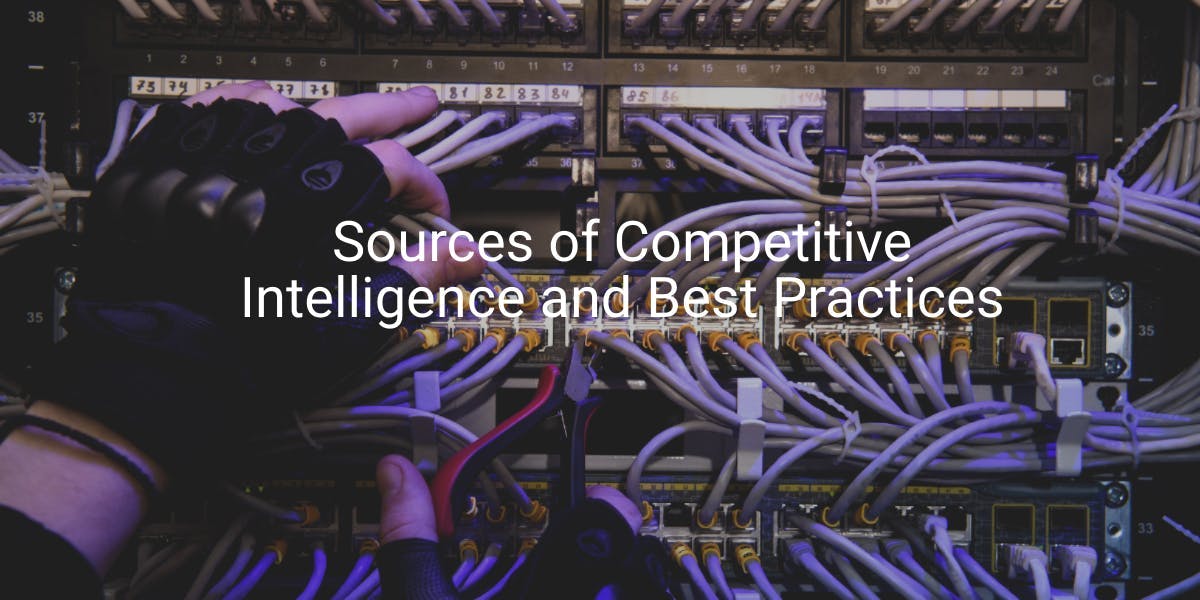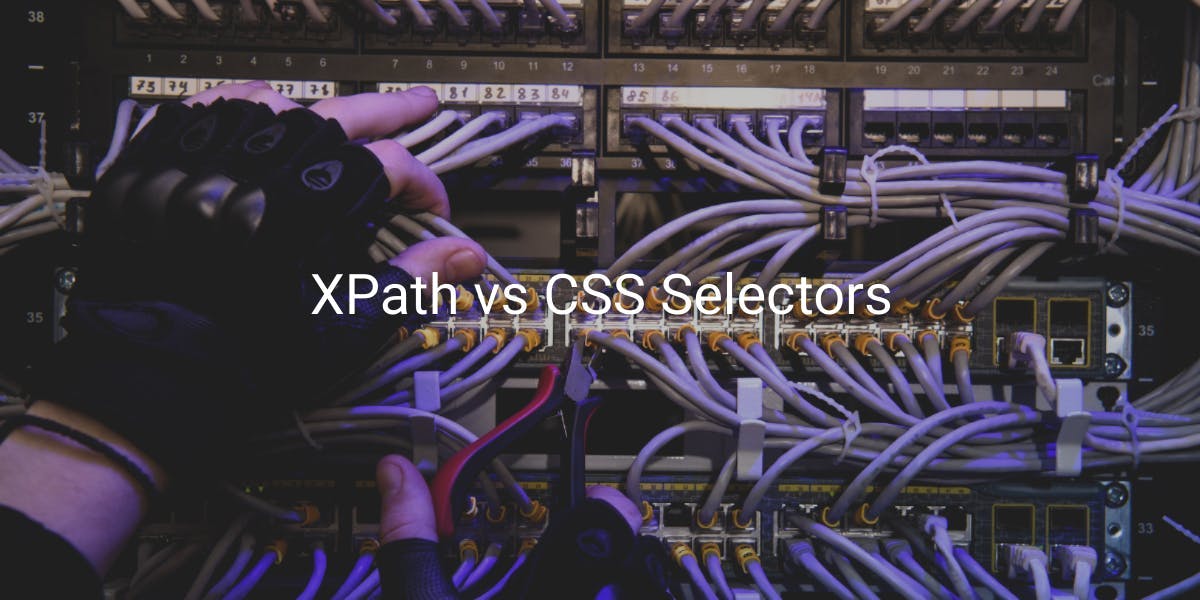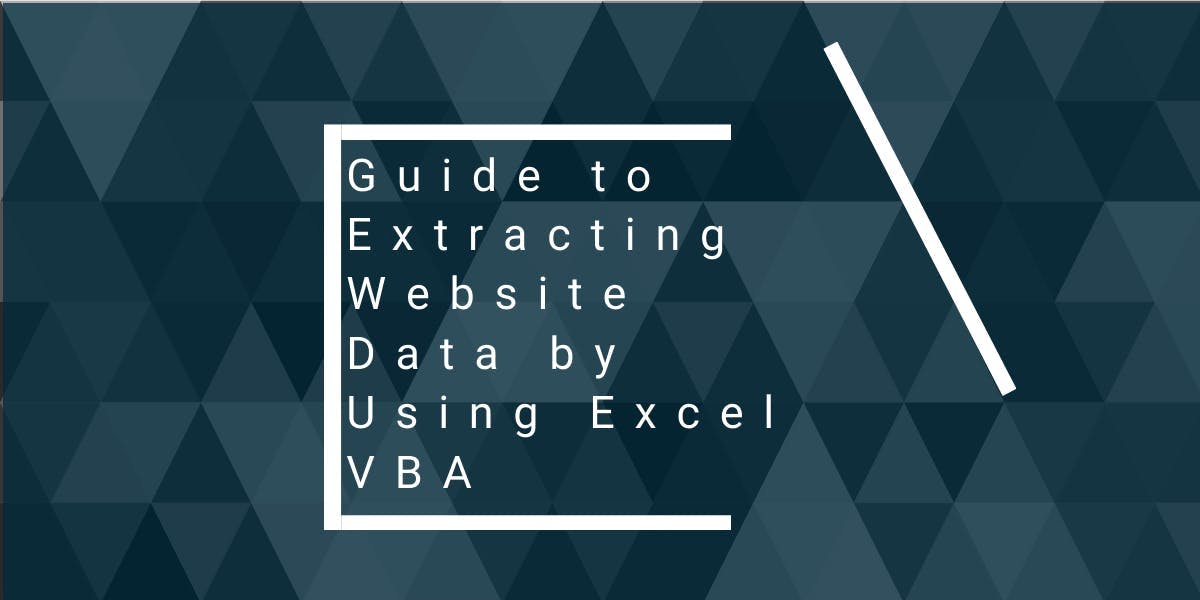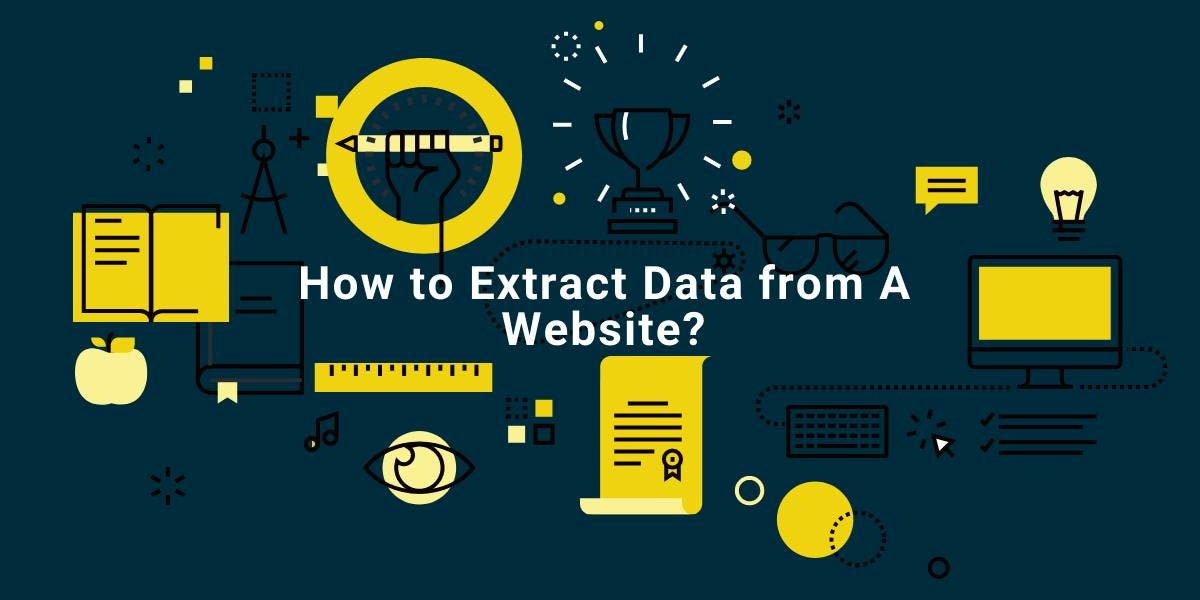Sources of Competitive Intelligence and Best Practices
Flipnode on May 11 2023

Since the discovery that information provides a competitive edge, business leaders and decision-makers have been utilizing it to gauge their company's performance in comparison to their rivals. Additionally, they use it to develop successful strategies for the future.
Therefore, competitive intelligence has become a crucial tool for companies seeking to distinguish themselves from their competitors. This article will elaborate on the sources of competitive intelligence, discuss the obstacles of competitive intelligence, and outline the best practices for achieving it.
What is competitive intelligence?
Competitive intelligence, also known as corporate intelligence, is the methodical process of uncovering, gathering, analyzing, and utilizing data from diverse sources such as customers, competitors, pricing, and other market factors with the primary aim of enhancing a company's competitive advantage. It helps organizations gain insight into their rivals' activities, providing an informed foundation for creating a strategy that promotes competitive differentiation.
By providing insights into opportunities, challenges, and advantages, competitive intelligence is essential in shaping brand positioning, product development, and pricing. It plays a crucial role in strategic management, providing managers and leaders with the tools to make informed decisions.
The use of competitive data provides a knowledge advantage, which is more critical than ever, given the increasingly dynamic business environment. Businesses can leverage this advantage to increase market share, build brand equity, and boost revenue.
Sources of competitive intelligence
To harness the benefits of corporate intelligence, it is important to understand the different examples of competitive intelligence. With this knowledge, company managers can identify the best sources for each type. Examples of competitive intelligence include public data such as emerging and current competitors, customer reviews, pricing, leadership changes, news coverage, job postings, content updates, and employee reviews. Any significant change in a competitor's operations can also be considered a competitive intelligence example, including changes in messaging and logos.
Once these types of competitive intelligence have been identified, the next step is to determine where to obtain the information. The various data types can be divided into those related to competitors and those related to customers.
Competitive data on competitors
As a manager, there are several ways to obtain competitive data about competitors, including:
- Financial reports
- Competitor websites
- Job boards and job aggregator sites
- Premium databases
- Third-party reports
- Patent databases
- Primary research
Financial reports
Financial reports and documents filed with relevant regulatory bodies offer a reliable source of information on competitors' financial health, business growth strategies, subsidiaries, management teams, employee numbers, and other key areas. These documents typically provide a detailed and comprehensive overview of competitors' activities.
Competitor websites
Companies often publish press releases on their websites to announce new developments and accomplishments, such as leadership changes and acquisitions. These sites are a valuable source of competitive intelligence for job listings and descriptions, as well as corporate information, including the company's history, management team, product offerings, and geographic reach. Conducting a search engine optimization (SEO) analysis of these sites can also provide insights into their search rankings, authority, traffic, and use of keywords.
Job boards and job aggregator sites
Competitive information regarding job openings of all your competitors can be found on job boards and job aggregate sites. These platforms gather data from various sources and compile it in a single location.
Premium competitive intelligence databases
Sometimes, the data available for competitive intelligence is limited. In these situations, a paid competitive intelligence database can be a valuable resource, as it offers a wide range of business information.
Third-party reports and analysis
Websites have established themselves as sources of investing insights and financial advice by publishing comprehensive articles about companies. In essence, these articles serve as sources for industry analysis.
Patent databases
Competitive information regarding the inventions or designs that other companies have developed in recent months can be obtained from patent databases, which contain the patent portfolios of your competitors. By analyzing this data, you can identify the new products that they are developing and address any innovation gaps that your company may be facing.
Primary research
Gathering information from suppliers, distributors, and industry players through qualitative research methods can provide valuable competitive intelligence about your competitors.
Competitive data on customers
Competitive intelligence about customers can be obtained from the following sources:
- Social media
- Primary research
- Customer reviews
Social media
By analyzing conversations and collecting publicly available data on social media, you can gain unfiltered and unbridled access to people's thoughts on products they intend to buy or have already purchased. This process provides valuable competitive intelligence on customer reviews and feedback, allowing you to evaluate your brand against your competitors. By generating reports based on this information, you can modify your brand strategy accordingly.
Primary research
Performing surveys and individual interviews with customers is a reliable method of comprehending the market requirements. Customers form the center of any company's operations, and therefore, act as the target personas. By undertaking this research, you can acquire knowledge about their necessities, reactions, and challenges, in addition to the use cases for your products.
Customer reviews
The internet hosts a plethora of online marketplaces that have sections for product reviews. By collecting this data, you can swiftly determine how customers perceive the value of your product and those of your competitors.
However, even though competitive intelligence is advantageous to companies, it is crucial to access such information ethically. At Oxylabs, we advocate and practice ethical web scraping by only collecting publicly available information. We do not condone or support unethical web scraping or the gathering of non-publicly available information.
Challenges of competitive intelligence
Even though competitive intelligence is becoming more important as a key differentiator in today's competitive business world, it does come with certain challenges. Some of these challenges include:
Ensuring the accuracy and reliability of data sources.
Obtaining timely data that is up-to-date and relevant.
Preparing the data obtained in a way that makes it useful for analysis and decision-making.
Accuracy and reliability of data sources
Companies today heavily rely on technology to carry out their operations. Social media platforms have emerged as a popular medium for generating marketing hype. While this can be advantageous to businesses, it complicates the process of obtaining valuable data. Competitive intelligence professionals have highlighted the challenge of distinguishing between a company's actual activities and other essential information from their marketing campaigns.
The digital age has made information readily available, but some of it may be inaccurate or based on hearsay, creating numerous sources of data. Professionals need to filter out the useless sources and focus on the accurate ones to gather relevant competitive data.
To tackle these challenges, companies can adopt technology that obtains, organizes, and prioritizes updates from all possible sources. Additionally, to ensure the accuracy of the information gathered, businesses can continuously monitor their competitors' reviews, products, leadership team, promotions, digital presence, content, and customers, both online and offline.
Timeliness of data
To ensure data is useful, it must be current and relevant. However, obtaining up-to-date information can be a challenge for competitive intelligence experts. Additionally, gathering critical data can be time-consuming, particularly when it's not readily available, which can lead to stale data by the time it's obtained.
One solution to this problem is to replace manual data collection with automated methods of data collection and analysis.
Preparation of data
Data collected from various sources may be unstructured, contain irrelevant values, and may not be easily accessible. Therefore, it is necessary to convert the data into a standard format, such as JSON, before it can be analyzed or used for generating models.
Best practices of competitive intelligence
As you read about the challenges of competitive intelligence, you may have noticed the critical role that technology plays in addressing them. Competitive intelligence tools provide several benefits, including:
- Facilitating data collection
- Converting raw data into the industry-accepted format
- Analyzing data
- Verifying the accuracy and reliability of data sources
Without these tools, it would be challenging to obtain accurate, reliable, and timely data from resources like the internet, and analyzing this data would be virtually impossible.
Competitive intelligence tools streamline the data collection process and deliver real-time data. In the past, professionals had to gather and analyze information manually, but this approach had several drawbacks. By the time the analysis was complete, the market may have already transitioned, rendering the data irrelevant.
Conclusion
Competitive intelligence has become crucial for businesses, as it enables them to gain a competitive edge. The importance of this practice has been recognized from the beginning, and managers have continuously utilized it. However, the rise of digital platforms and technologies has resulted in the generation of vast amounts of data. Therefore, the best competitive intelligence practices advocate for the use of tools that can collect, analyze and present real-time data, faster than traditional manual methods. These tools also help address several issues associated with gathering competitive data.



